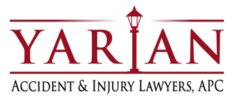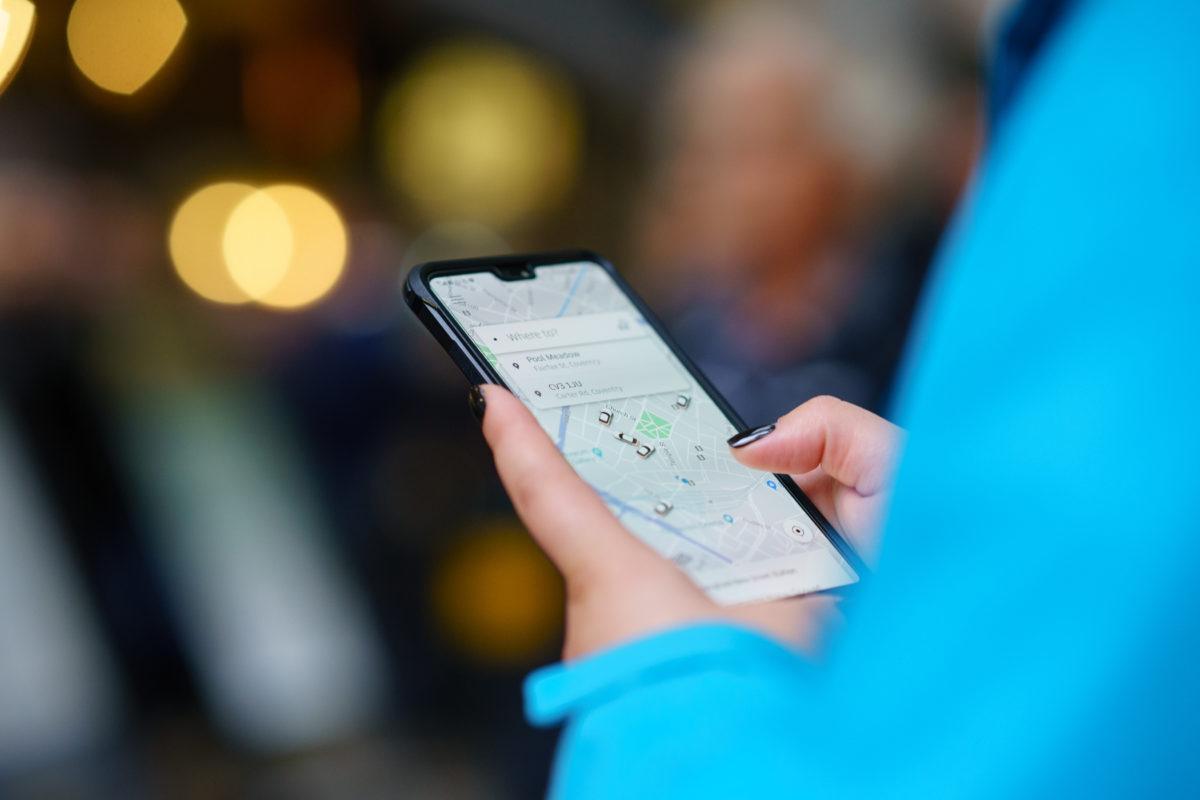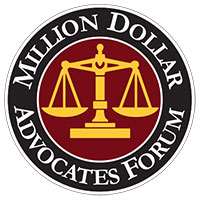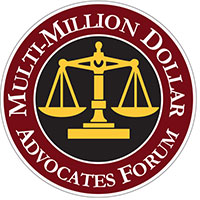Uber recently released its U.S. Safety Report on its number of fatal accidents. On the surface, the report is positive since Uber drivers experience less automobile crashes than the national average. But upon deeper inspection of Uber’s statistics, it is clear that the ridesharing company isn’t being as forthright as it could be.
As Tech Crunch reports, Uber created its report by using the company’s internal reports of crashes, which come from drivers, users and insurance companies. Uber then compared its numbers to the national Fatality Analysis Reporting System, or FARS, which tracks automotive deaths. Using this method, Uber confirmed 97 fatal crashes with 107 total fatalities in 2017 and 2018 combined.
Breaking the numbers down further, the rideshare company reports there were 49 “Uber-related” fatalities in 8.2 billion miles, amounting to 0.59 fatalities per 100 million miles traveled in 2017. For 2018, the company says there 58 “Uber-related” fatalities in 1.3 billion miles, amounting to 0.57 fatalities per 100 million miles. That is better than the national average of more than 1.1 fatalities per 100 million miles, meaning Uber sees about half of the fatalities per mile compared to what most drivers face.
But Tech Crunch points out glaring omissions to Uber’s reporting, such as no inclusion of non-fatal accidents. “If the rates of Ubers getting into fender-benders or serious crashes where someone breaks an arm are lower than the national average, as one might expect from the fatality rates, why not say so?” the outlet says.
Another concern about Uber’s statistics: The time for “Uber-related” fatalities doesn’t include the time drivers are cruising around without a customer. Some can view the 107 total fatalities as misleading since Uber drivers can still be involved in fatal crashes when they don’t have customers. Uber countered that drivers may not report a crash when they don’t have passengers, thus making it difficult to quantify how many crashes and fatalities occur between trips.
No matter how reliable Uber’s statistics are, it is clear that there is the potential for crashes when it comes to ridesharing. If you or a loved one have been involved in an accident with Uber, Lyft or another ridesharing driver in the Los Angeles County or Tulare County area, you may be eligible for compensation.
Damages in a personal injury claim can be life changing. Financial costs are a burden to your already busy life.
One reason rideshare accident cases are complicated is the intricate nature of automobile insurance for rideshare drivers. In most car accident cases, the responsible driver will have automobile insurance. That insurance company will be responsible for paying any claims against the driver.
Some drivers operate vehicles without insurance. If they are in an accident, the injured party’s own uninsured motorist coverage will apply. However, most personal automobile insurance policies do not cover rideshare services.










